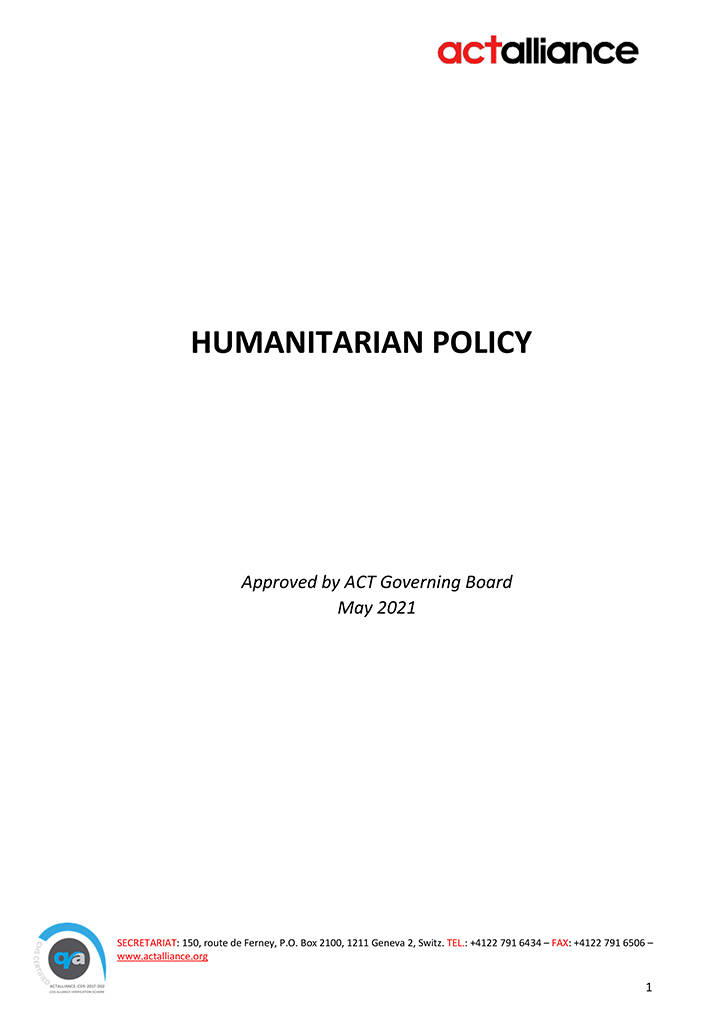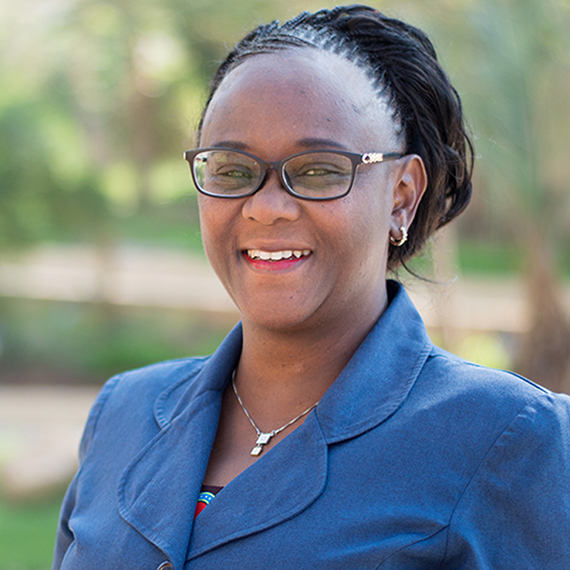The humanitarian situation in Haiti represents a compound crisis resulting from the convergence of a rapid-onset natural disaster Hurricane Melissa and a protracted conflict-driven emergency.
The impacts of Hurricane Melissa (Category 3) have severely intensified existing vulnerabilities created by years of armed violence, displacement, and economic collapse.
Together, these dual shocks have generated widespread destruction, displacement, and protection risks, straining the capacity of national institutions and humanitarian actors alike.Between 26–30 October 2025, a Category 3 tropical cyclone, made landfall over southern Haiti, bringing torrential rainfall exceeding 400 mm, flash flooding, and coastal surges across seven departments — Ouest, Sud, Grand’Anse, Nippes, Sud-Est, Nord-Ouest and Artibonite.According to the Direction Générale de la Protection Civile (DGPC), 43 people have died, 13 remain missing, and over 14 000 people have been displaced. According to the UN, 1.25 million people have been affected in Haiti. Approximately 16 000 homes have been damaged or destroyed, and 10 health facilities have reported flood-related disruptions.Since 2021, Haiti has faced an escalating wave of armed conflict and gang violence, driving widespread displacement, insecurity, and humanitarian need.
An estimated 5,600 people were killed in 2024, with over 3,000 additional deaths recorded in the first half of 2025. The International Organization for Migration (IOM) reports that over 1.4 million people are internally displaced, many living in overcrowded informal shelters without access to water, sanitation, or protection services.Armed groups currently control approximately 85–90% of the metropolitan area of Port-au-Prince, and have expanded their influence along the southern corridor, cutting off key supply routes and humanitarian corridors.According to assessments key needs and gaps are Lack of safe potable water and adequate latrines for displaced and host populations, Limited access to life-saving health and nutrition services, Severe disruption of food security and agricultural livelihoods, Unmet needs for emergency and transitional shelter and household kits, protection risks in collective shelters, including GBV exposure; and Persistent access and logistics constraints hindering timely delivery.ACT Alliance members Christian Aid, Church World Service, Diakonie Katastrophenhilfe, Lutheran World Federation and World Renew are currently on the ground and planning to launch an appeal to address the urgent needs of the affected population.Haiti ACT-Alert-Hurricane Melissa & Conflict related displacement











